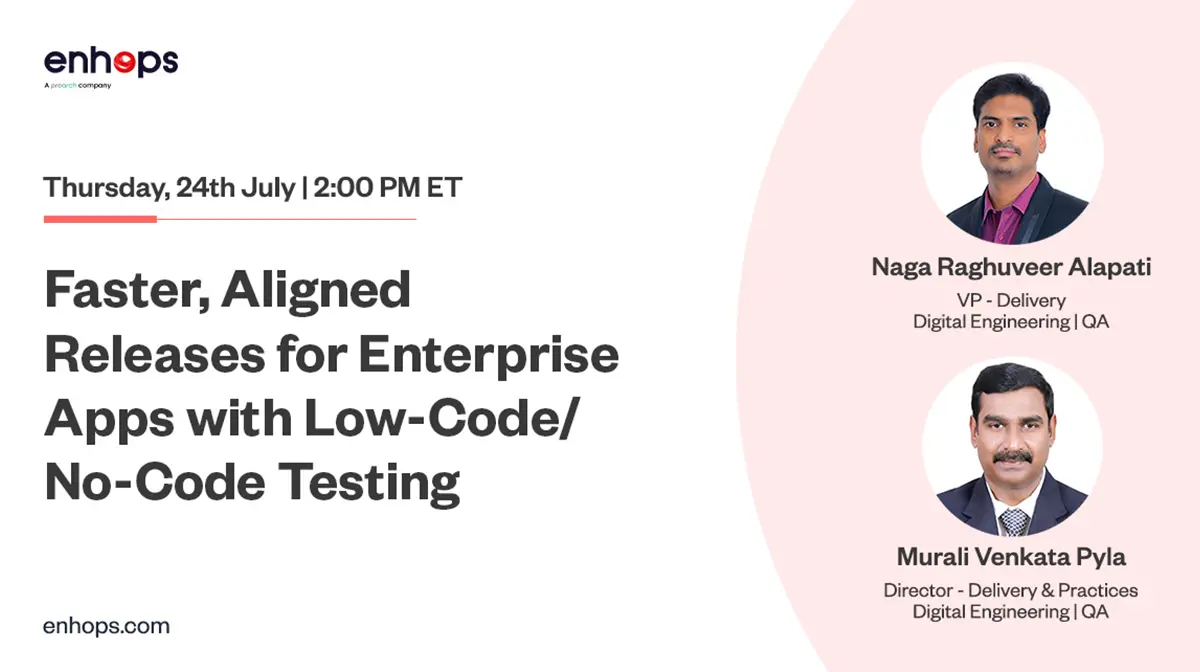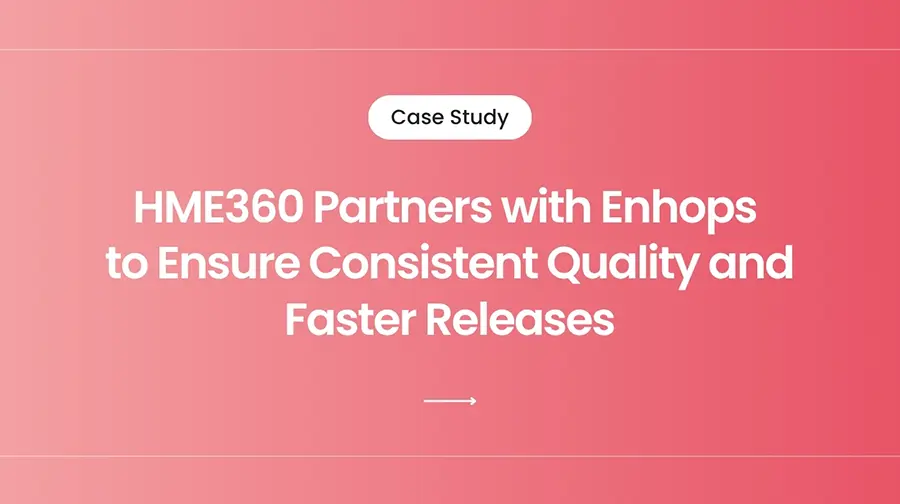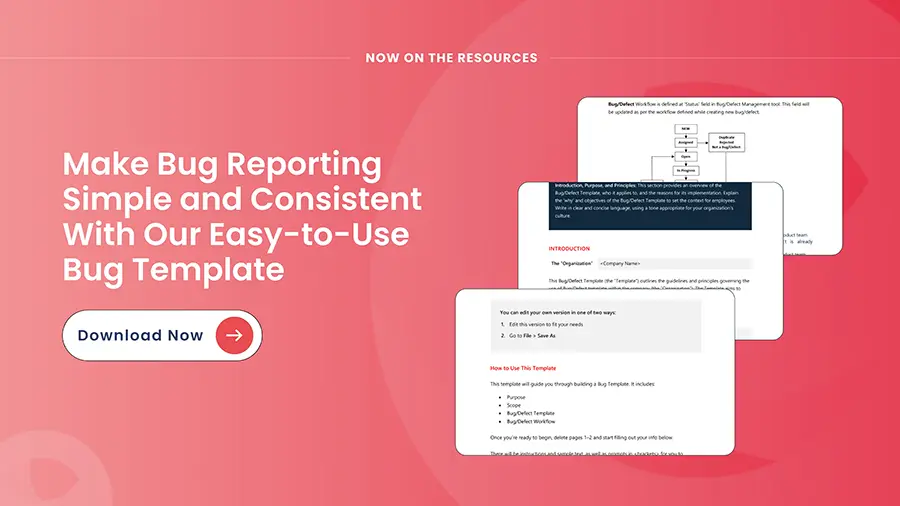Despite the best planning and intentions, many test automation initiatives get stuck in the “which tool should we pick?” loop. Your team may wrestle with questions like: Does this tool align with our tech stack? Will our testers struggle with the learning curve? These are not rhetorical—they form the critical backdrop of a tool feasibility analysis.
If you’re spending productive hours just debating which automation tool to choose, you’re likely missing a systematic tool feasibility analysis, and that oversight could be undermining your testing strategy and overall success.
In this piece, we’ll dive into: what a tool feasibility analysis is, why it matters, and how to do it step-by-step. By the end, you’ll be equipped to pinpoint the automation tool that truly aligns with your technical ecosystem and test automation goals.
What is Tool Feasibility Analysis?
Tool feasibility analysis in the context of test automation involves a systematic evaluation of available software tools to determine their suitability for automating various testing processes. This analysis is crucial for selecting the most appropriate tool that aligns with specific testing goals, technology stack, and project requirements.
During this process, factors such as tool’s features, compatibility with existing systems, ease of integration, learning curve, scalability, and cost implications are carefully assessed. The goal is to identify a tool that not only streamlines the testing process but also ensures accurate, efficient, and sustainable automated testing practices, contributing to enhanced software quality and faster delivery cycles.
In essence, tool feasibility analysis serves as a vital decision-making activity, enabling testing teams to make informed choices regarding the right automation tool for their projects. By meticulously evaluating the technical, financial, and operational aspects of various options, organizations can make confident selections that optimize their testing efforts and ultimately lead to more reliable and robust software systems.
What is the starting point of initializing Tool Feasibility Analysis?
Before starting the assessment of tool feasibility for test automation, it’s crucial to have a clear understanding of the project’s foundational requirements. This includes having a comprehensive grasp of the application or system under test, defining the specific testing objectives, recognizing any technical constraints, and outlining the necessary skill sets and resources. This familiarity with the project’s prerequisites ensures a well-informed evaluation of whether the chosen automation tools align with the goals of a project.
Here is the breakdown of each aspect of the Project Requirements Evaluation in detail:
- Define Scope and Objectives of Your Test Automation Project:
- Clearly outline the purpose of a test automation project. Is it to increase testing efficiency, enhance software quality, or achieve faster release cycles?
- Specify key functionalities or features of the application that will be covered by automated tests.
- Define the boundaries of the project, including which parts of the application will and will not be automated.
- Identify Target Platforms and Environments:
- Determine the platforms on which your application will be deployed: web browsers, mobile devices (iOS, Android), or desktop applications.
- Specify the browsers, browser versions, and operating systems that need to be supported.
- If applicable, identify the range of mobile devices and OS versions to cover.
- Consider any specific device orientations (portrait/landscape) that need testing.
- List the Types of Tests to be Automated:
- Categorize the various types of tests that you plan to automate, such as functional tests to validate features, regression tests to ensure stability, performance tests to assess scalability, security tests to identify vulnerabilities, etc.
- Define the priority and criticality of each type of test to guide the automation effort.
- Determine Level of Integration with CI/CD Pipelines:
- Decide how tightly you want to integrate automated tests with your Continuous Integration and Continuous Deployment (CI/CD) pipelines.
- Consider whether you want to trigger automated tests automatically after code commits, nightly builds, or as part of a specific deployment stage.
- Identify the CI/CD tools you are using (e.g., Jenkins, Travis CI, CircleCI) and investigate the level of integration they offer with the chosen automation tool.
Now it’s time to choose a Test Automation Tool – Is there any perfect tool?
There is no one-size-fits-all solution when it comes to choosing the perfect Test automation tool. Testers should carefully assess and evaluate different tools to determine which one aligns best with their specific automated testing requirements.
The landscape of programming languages and software technologies is in a constant state of evolution, and this evolution extends to automated testing tools as well. This dynamic nature of the industry makes cost a crucial factor in the decision-making process for tool selection.
Commercial vendors often impose charges for tool upgrades, and these costs can become substantial when dealing with software that employs rapidly changing and emerging technologies.
On the flip side, open source and non-commercial tools don’t come with additional charges, but they do demand a certain level of effort and expertise to effectively integrate new upgrades. Finding the necessary support and knowledge for seamlessly incorporating various tools and frameworks into open-source solutions can prove challenging.
Fortunately, there are some emerging tools.
COMPARISON OF THE TEST AUTOMATION TOOLS |
|||
| Features | Katalon Studio | Selenium | Ranorex |
| Test development platform | Cross-platform | Cross-platform | Cross-platform |
| Application under test | Windows desktop, Web, Mobile apps, API/Web services | Web apps | Windows desktop, Web, Mobile apps, API/Web services |
| Scripting languages | Java/Groovy | Java, C#, Perl, Python, JavaScript, Ruby, PHP | C# |
| Programming skills | Not required. Recommended for advanced test scripts | Advanced skills needed to integrate various tools | Not required. Recommended for advanced test scripts |
| Learning curves | Medium | High | Medium |
| Ease of installation and use | Easy to set up and run | Require installing and integrating various tools | Easy to set up and run |
| Script creation time | Quick | Slow | Quick |
| Object storage and maintenance | Built-in object repository, XPath, object re-identification | XPath, Class, CSS etc. | Built-in object repository, XPath, object re-identification |
| Image-based testing | Built-in support | Require installing additional libraries (e.g. Sikuli) | Built-in support |
| DevOps/ALM integrations | Many | Yes (require additional libraries) | Many |
| Continuous integrations | Popular CI tools (e.g. Jenkins, Teamcity) | Various CI tools (e.g. Jenkins, Cruise Control) | Popular CI tools (e.g. Jenkins, Teamcity) |
| Product support | Community, Business support service, Dedicated staff | Open-source community | Community, Business support service, Dedicated staff |
| License type | Proprietary | Open source (Apache 2.0) | Proprietary |
What’s next? – Working with a partner to optimizing your next Test Automation project
Selecting the right tools and putting together an A team can be overwhelming for any organization. Enhops works with clients across the globe to establish test automation strategies, improve their test automation framework by testing managed and implementation services, team extension services, and co-innovating with our partners in areas of test automation, test advisory and consulting, test managed services, and more. And Tool feasibility analysis is a key part of this process.
We do a free POC with no-strings attached model which delivers the business outcomes for your organization through an interactive discovery and detailed analysis of the right tool(s) and framework solution capability.
Through this model, our specialists will exhibit how test automation can support your organization with the right tools and frameworks based on your technology and environment with real test cases.
We perform thorough analysis to aid in selecting Test Automation tools that precisely cater to your organization’s needs, encompassing a range of factors to align the chosen automation toolset with your enterprise ecosystem and technological trajectory.
At Enhops, we take pride in ourselves in scaling test automation efforts for more than 300+ projects across the globe including all kinds of web, mobile, accessibility, penetration, security, and other test automation efforts. We can help you in turning around your test automation strategies in 2023 and beyond to make sure that you deliver high-quality digital applications.




